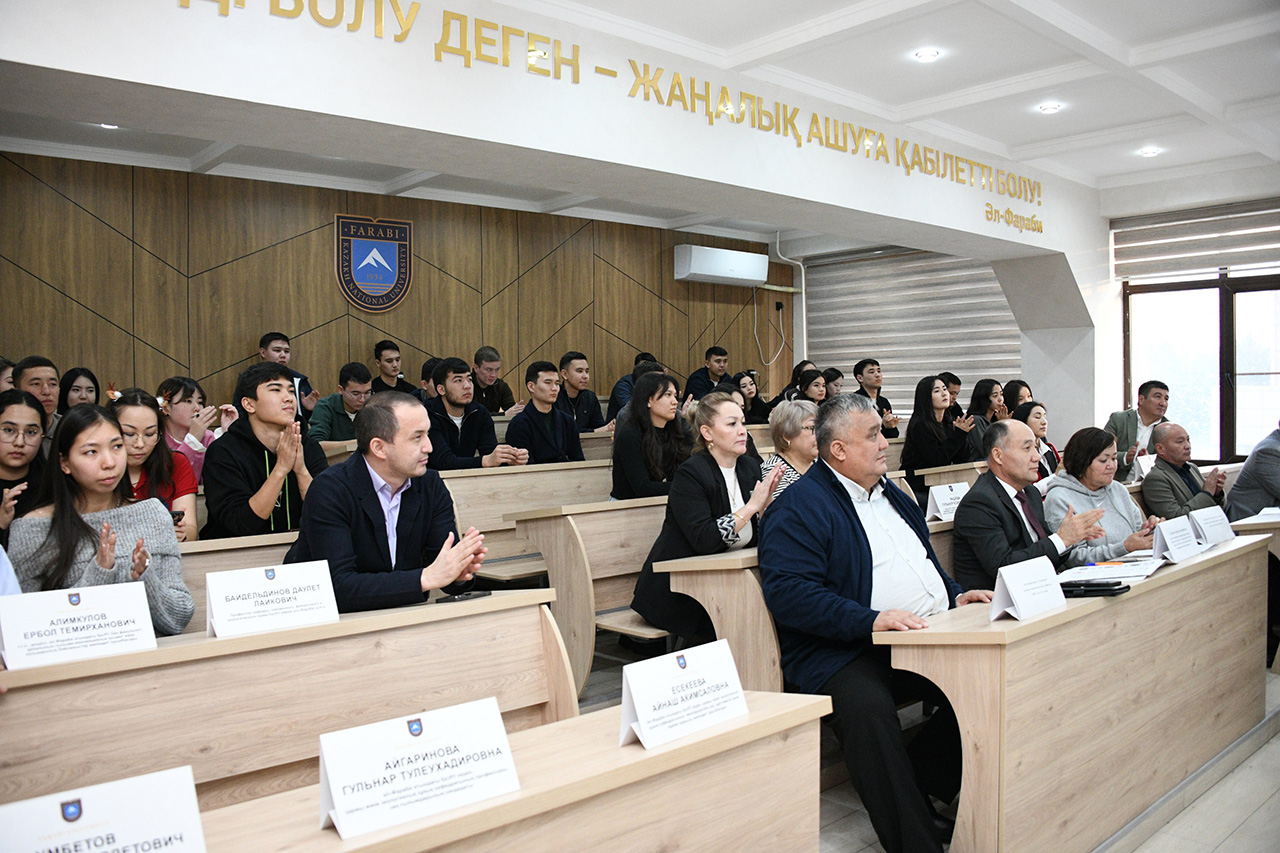The study of the social mimicry phenomenon

The study of the social mimicry phenomenon helps to increase tolerance in communication.
On the 27-30th of September professor Ph.D Wojciech Kulesza (University of Social Sciences and Humanities,Warsaw, Poland) visited our university. Mr. Wojciech Kulesza - social psychologist, one of the leading experts in the world in the field of applied social psychology, met with scientists, teachers, students of the KazNU Faculty of Philosophy and Political Science.
Professor’s lectures were devoted to social mimicry (the mechanism of assimilation to the partner in communication) and the possibility of its use to improve the efficiency in business cooperation, psychotherapy, education, family relations. During the Round Table "Psychology in Kazakhstan and Poland: Prospects of Cooperation" were discussed psychological research design issues, the possibility of an application the "chameleon effect", and were planned areas of joint investigations.
As part of the doctoral dissertations will be conducted study dedicated to the role of mimicry in friendships and family relationships. 1st year PhD student Rizulla Aidana believes that the practical result of that research will be training program, which can take off excess stress and conflicts between people. "The methodology of the experiment, proposed by Professor B. Kulesza, is simple and effective, it allows us to study the socio-psychological phenomena in correct scientific manner. "We plan to complement and enhance the study of the social mimicry phenomenon in Kazakhstan, and develop an internship programs between our universities", - said professor Zfbira Bekeshovna Madalieva, Head of the Department of General and Applied Psychology.
In his closing remarks Wojciech Kulesza expressed gratitude and hope that the scientific and academic cooperation will helps colleagues from different countries to learn more about the achievements and researches of Kazakhstani colleagues.
Department of General and Applied Psychology


